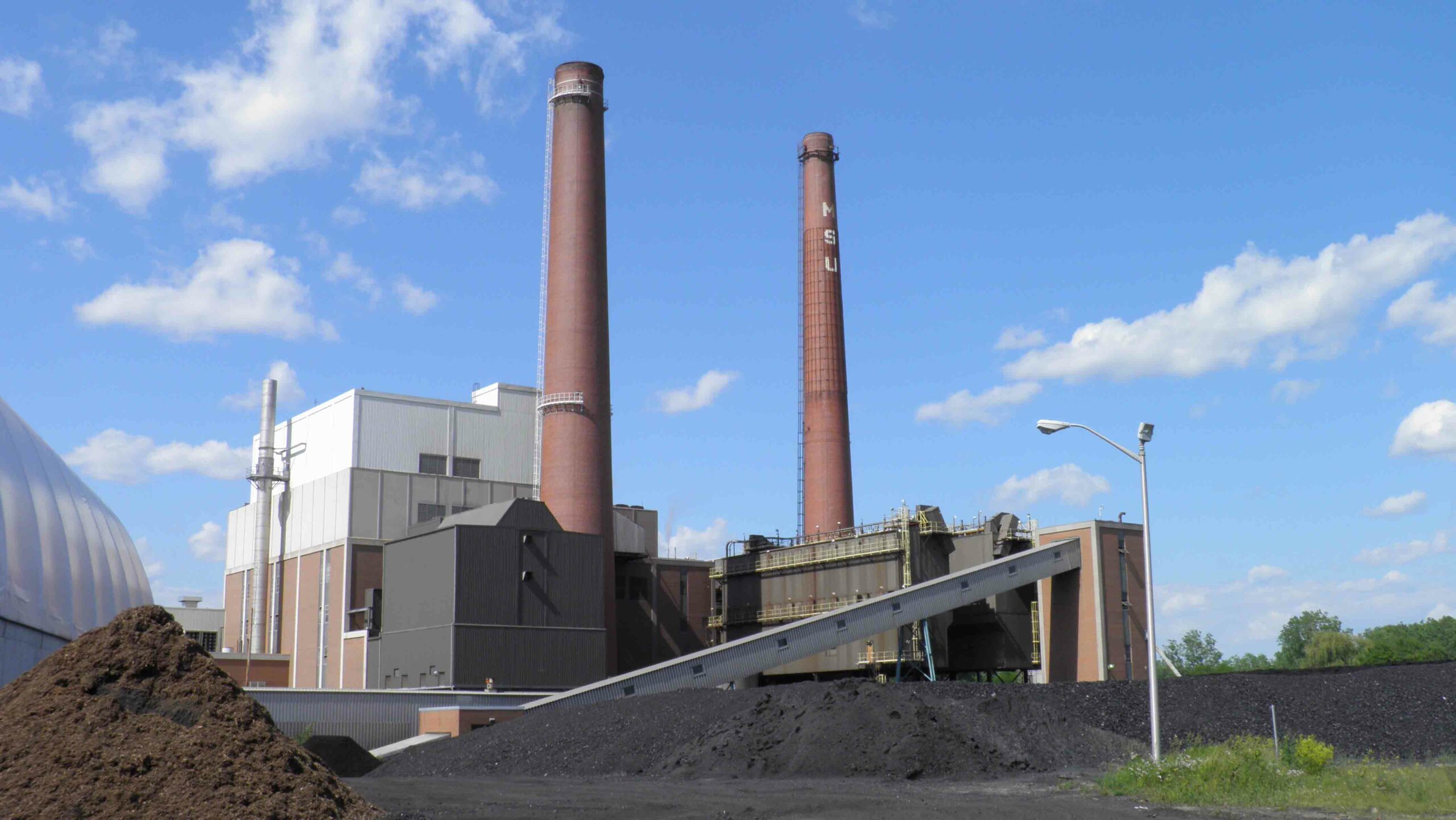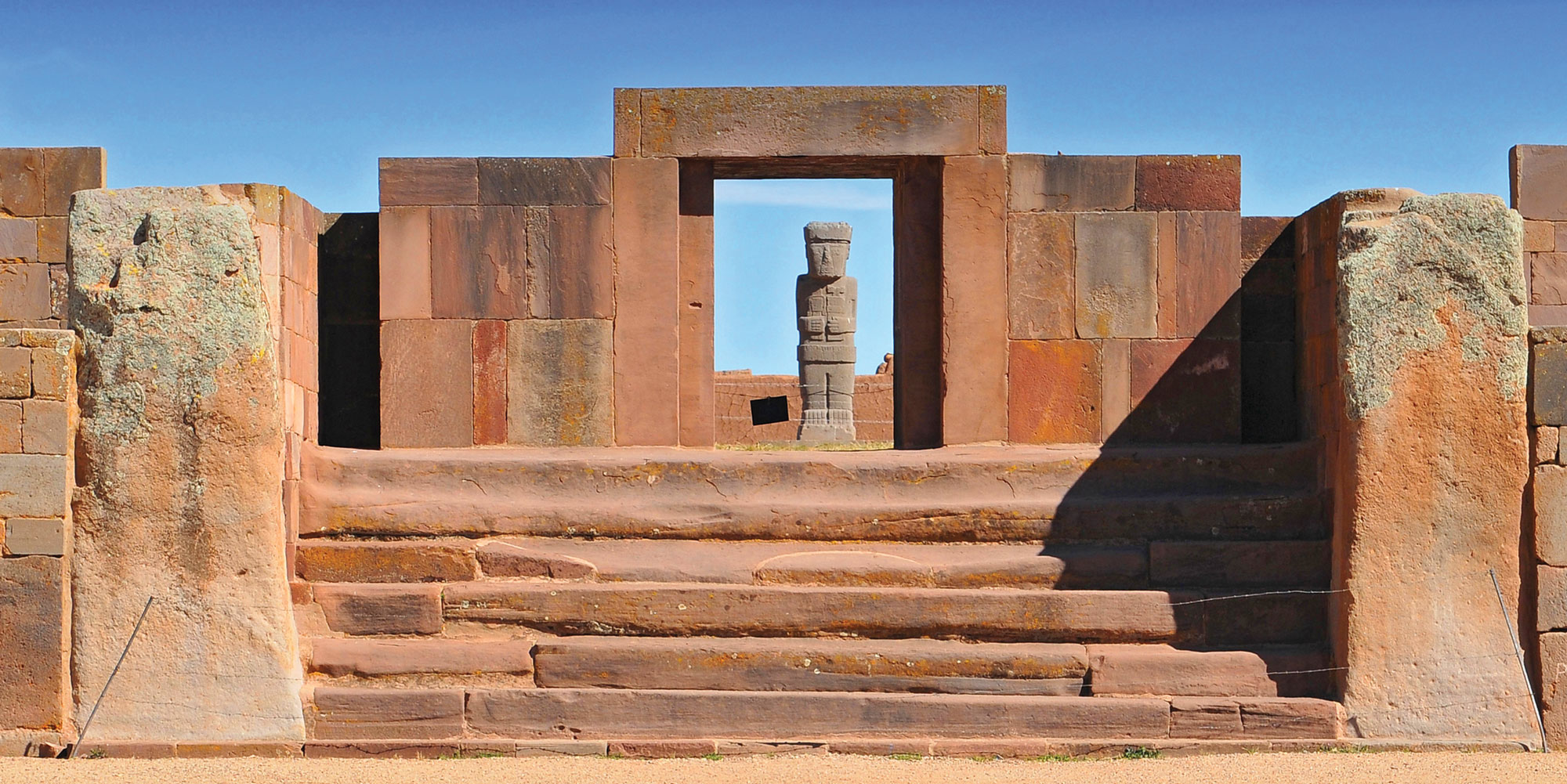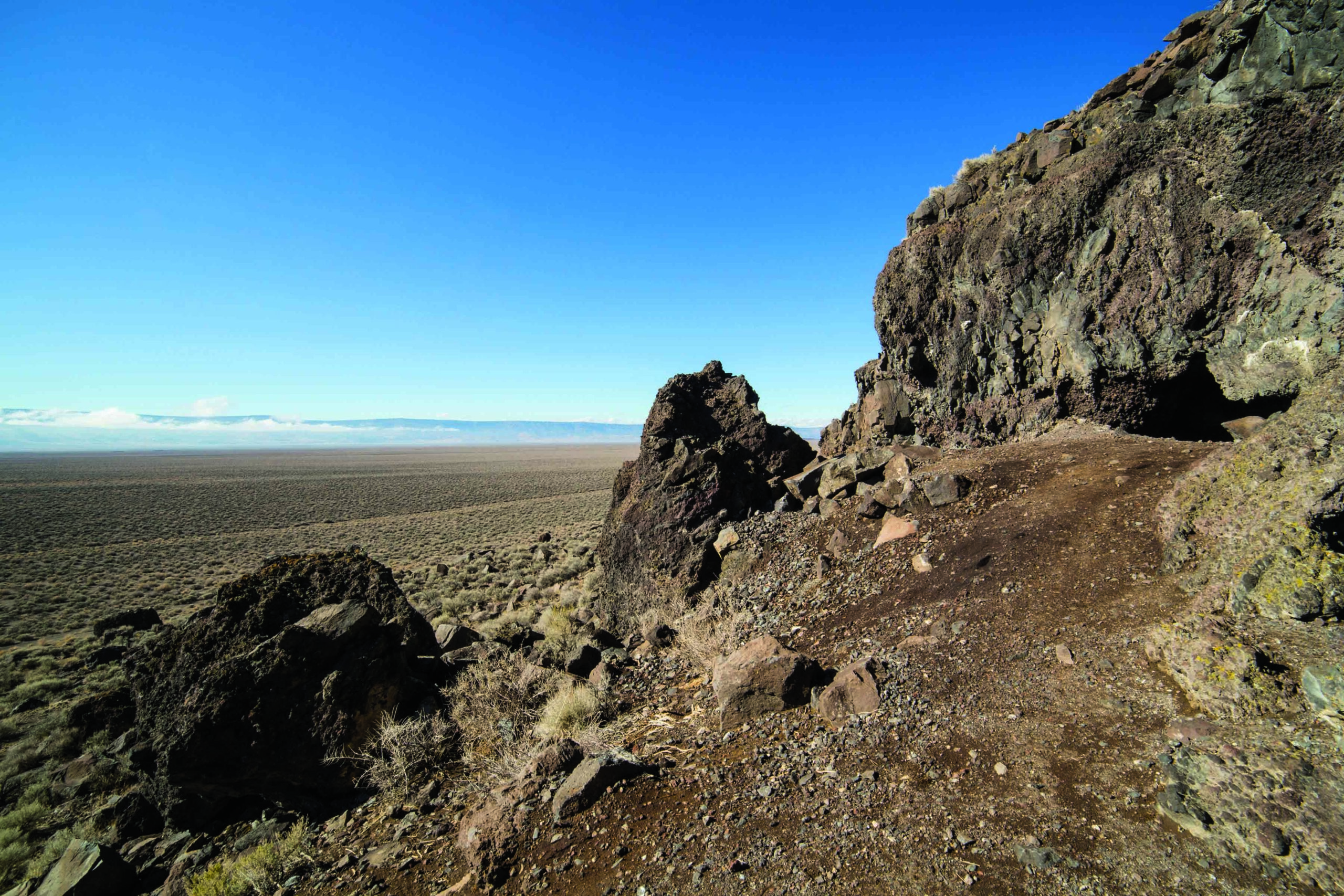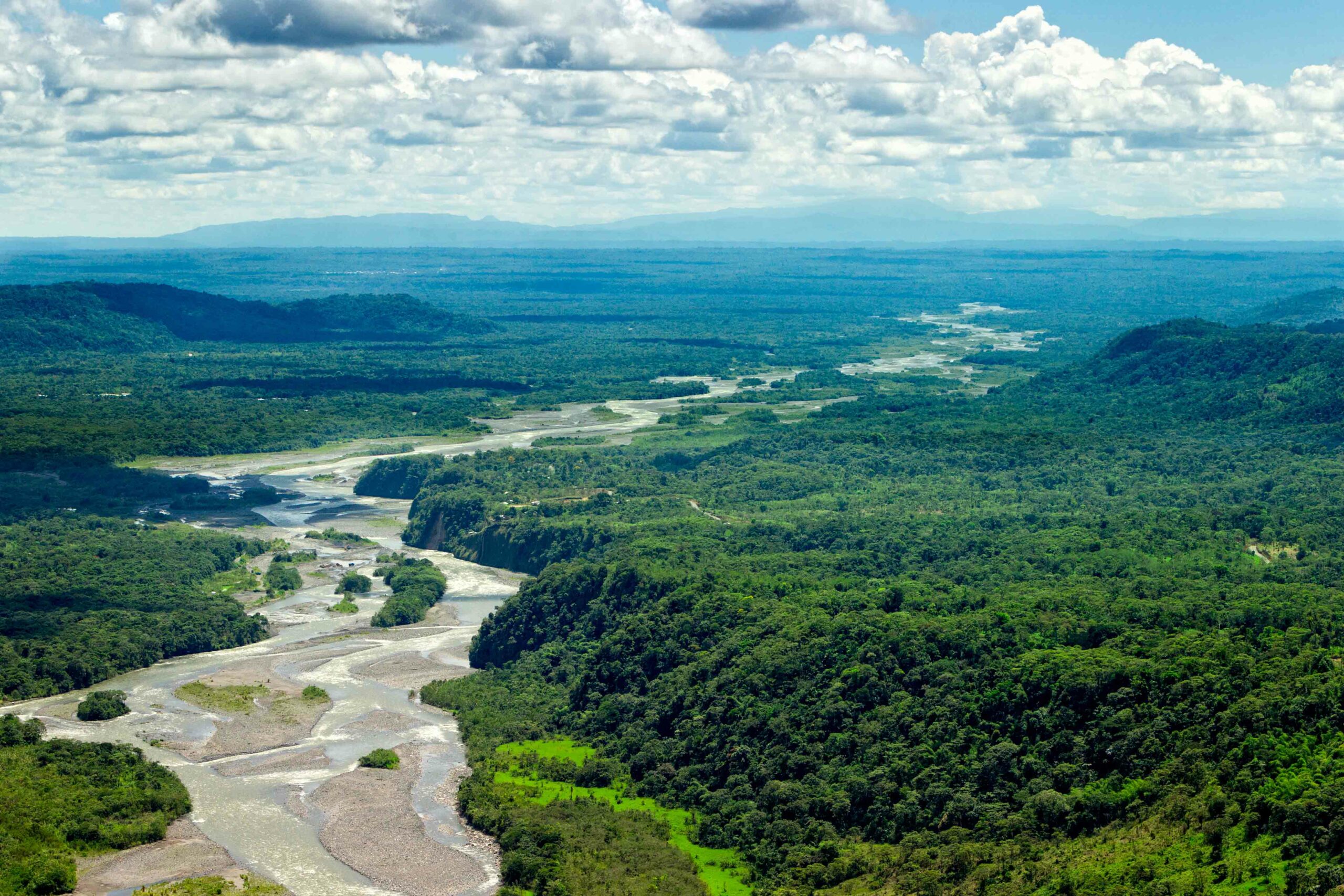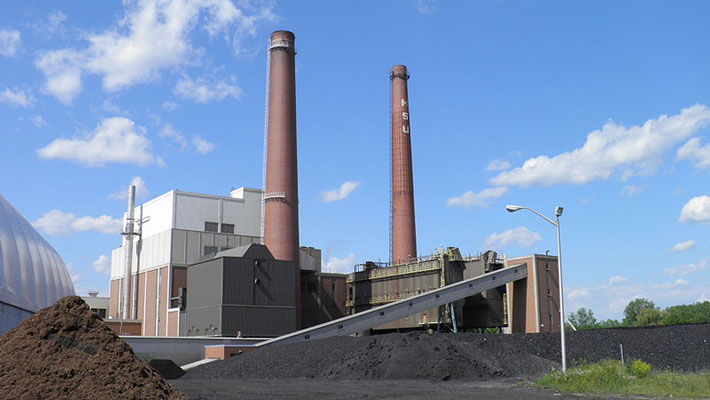
The use of radiocarbon dating, which allows archaeologists to estimate the age of human, plant, and animal remains, may soon be complicated by fossil fuel emissions. The technique works because carbon, a key component of living things, exists in radioactive and nonradioactive forms. Radioactive carbon decays at a known rate, so researchers can estimate a specimen’s age based on the portion of its carbon that is still radioactive. Fossil fuels are millions of years old and contain no radioactive carbon, so the more of them burn, the lower the proportion of radioactive carbon in the atmosphere and, in turn, in contemporary organic materials. Nuclear weapons testing increased the amount of radioactive carbon in circulation, but fossil fuel emissions have almost completely countered this effect.
Heather Graven, a climate physicist at Imperial College London, has modeled the potential impact. “In the business-as-usual scenario where fossil fuel emissions are increasing strongly over the century,” she says, “by 2050, the atmosphere could have the same radiocarbon date as a sample that’s about a thousand years old.” In other words, to future archaeologists, a brand-new garment made in 2050 would have the same proportion of radioactive carbon—and therefore the same radiocarbon date—as one worn by a combatant in the Battle of Hastings, in 1066.


